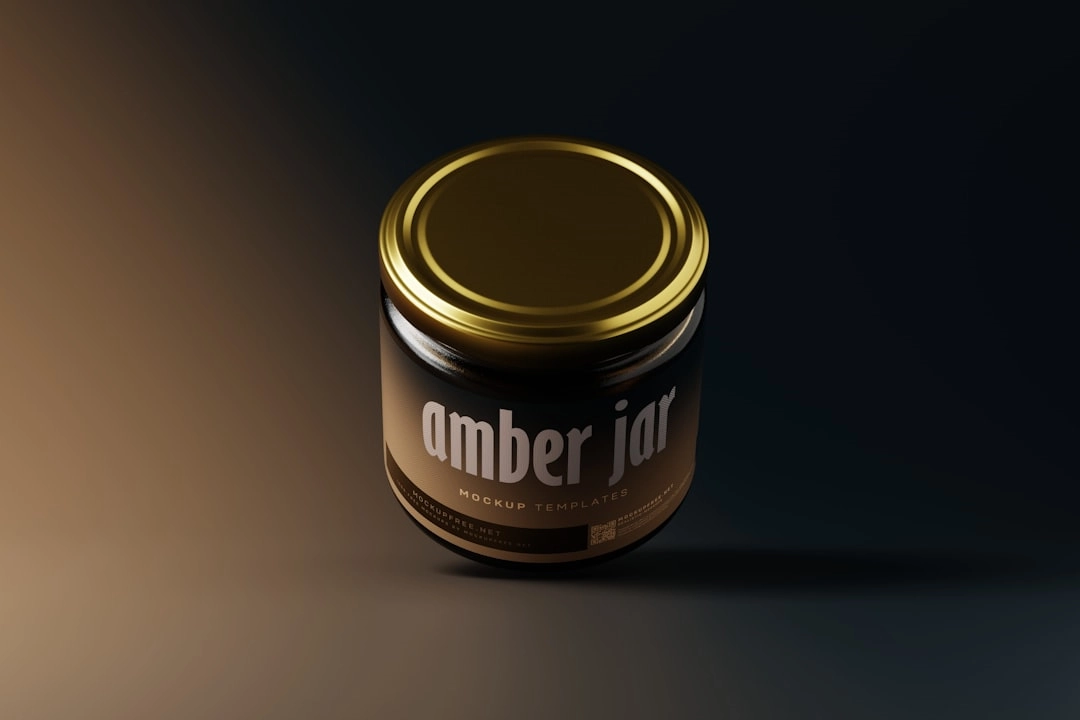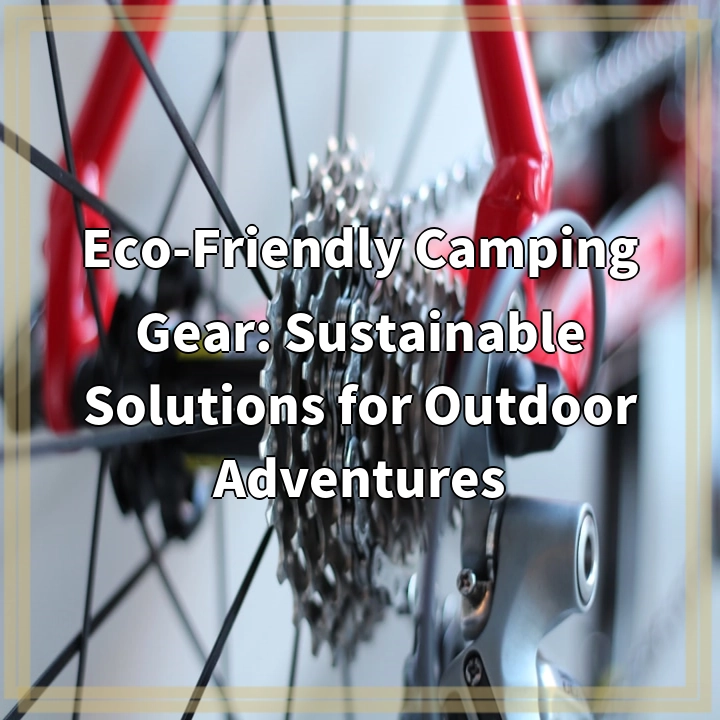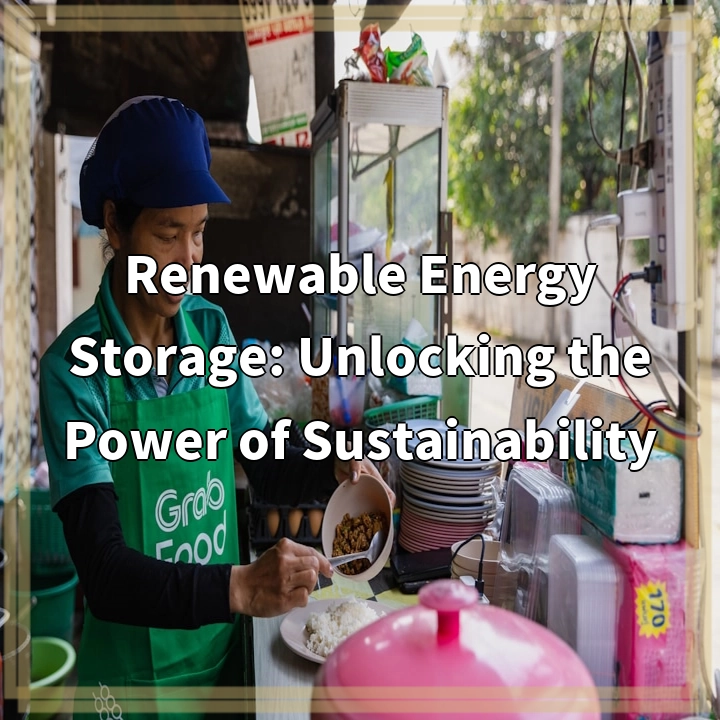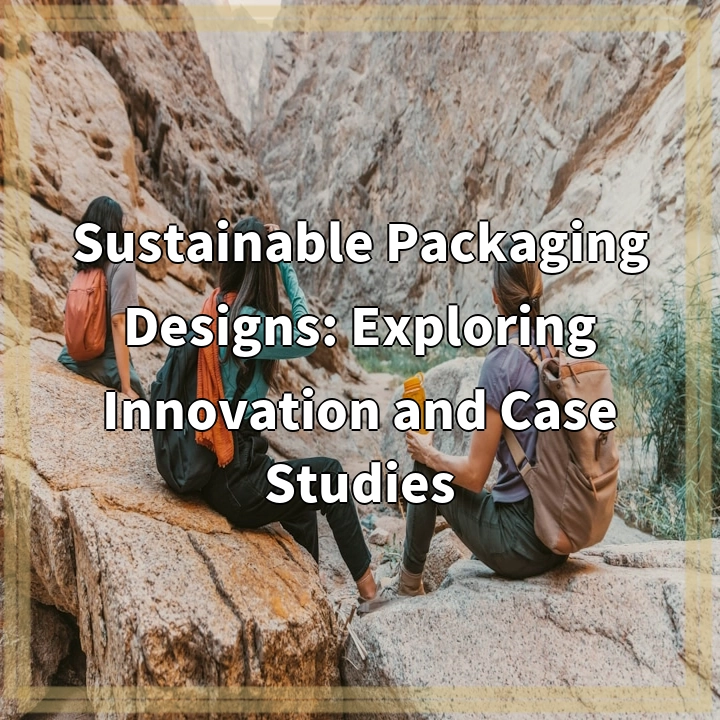
What are Sustainable Packaging Designs?
Sustainable packaging designs are innovative solutions aimed at reducing the environmental impact of packaging materials throughout their lifecycle. These designs incorporate eco-friendly materials, optimize packaging size and shape, and prioritize recyclability, reusability, and biodegradability.
Exploring Innovation in Sustainable Packaging Designs
In recent years, there has been a surge in creative and forward-thinking approaches to sustainable packaging. Companies and designers are now focusing on a variety of strategies, including:
- Minimalistic designs that use fewer materials
- Implementing biodegradable materials such as plant-based plastics or compostable materials
- Exploring alternative packaging materials like mushroom-based packaging or seaweed-based films
- Adopting reusable packaging options, such as refillable containers or returnable packaging systems
- Utilizing innovative technologies like nanotechnology, 3D printing, or smart packaging to enhance sustainability
The Real-World Problems Associated with Packaging
Packaging plays a crucial role in protecting products and maintaining food safety. However, traditional packaging materials, such as plastic and single-use materials, have significant negative impacts on the environment:
- Waste Generation: The excessive use of packaging materials contributes to the global waste problem, leading to overflowing landfills and pollution of oceans and ecosystems.
- Resource Depletion: The production of packaging materials, especially plastics derived from fossil fuels, depletes finite resources and contributes to carbon emissions.
- Energy Consumption: Manufacturing, transporting, and disposing of packaging materials requires significant energy consumption and contributes to greenhouse gas emissions.
- Chemical Pollution: Improper disposal or inefficient recycling of packaging materials can release harmful chemicals into the environment, contaminating soil, water, and wildlife.
- Microplastic Pollution: Traditional plastic packaging can break down into microplastics that infiltrate ecosystems and pose a threat to organisms and human health.
Case Studies and Examples of Sustainable Packaging Designs
Many companies have recognized the importance of sustainable packaging and have implemented innovative solutions:
1. Loop and TerraCycle:
Loop and TerraCycle have developed a system that facilitates the use of durable, reusable packaging for popular household products, reducing the need for single-use packaging.
2. Ecovative Design:
Ecovative Design creates packaging materials using mycelium, the root structure of mushrooms. This innovative solution provides a sustainable alternative to traditional packaging materials like Styrofoam.
3. Lush Cosmetics:
Lush Cosmetics offers a range of solid shampoo bars that eliminate the need for plastic bottles, reducing plastic waste and packaging materials.
4. Coca-Cola’s PlantBottle:
Coca-Cola introduced the PlantBottle, which is partially made from plant-based materials, reducing the reliance on fossil fuel-based plastics and the associated carbon emissions.
5. Adidas Futurecraft Loop:
Adidas Futurecraft Loop is a running shoe made from fully recyclable materials. The company aims to create a closed-loop system where the shoes can be returned and recycled into new shoes.
6. Algramo:
Algramo offers a refillable packaging system for household products, reducing single-use plastic waste and providing affordable options for consumers.
7. Kite Packaging:
Kite Packaging has developed an innovative biodegradable air cushion packaging that provides protection during shipping while minimizing environmental impact.
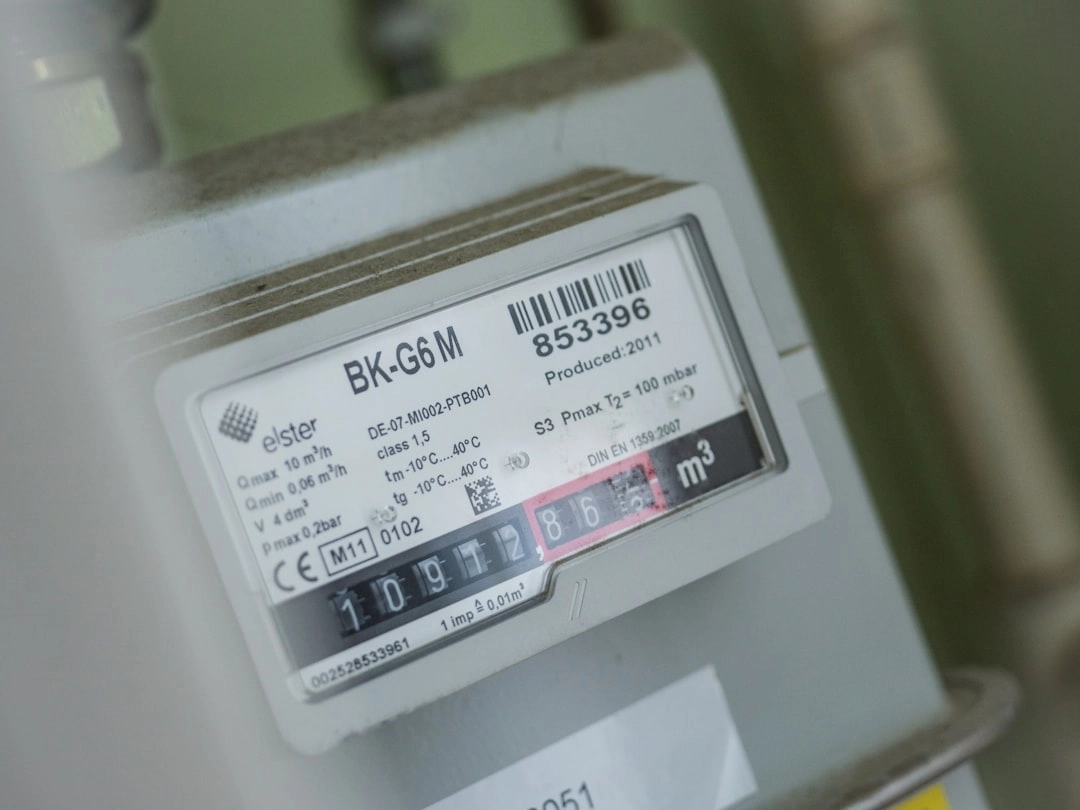
Summary: Sustainable Packaging Design Solutions
Sustainable packaging designs offer innovative solutions to reduce the environmental impact of packaging materials. They prioritize eco-friendly materials, optimize size and shape, and promote recyclability, reusability, and biodegradability.
Innovations in Sustainable Packaging
Exploring innovation in sustainable packaging designs reveals several promising strategies. These include minimalistic designs, biodegradable materials, alternative packaging materials, reusable options, and the use of advanced technologies like nanotechnology and smart packaging.
Real-World Problems Associated with Packaging
Traditional packaging materials contribute to significant environmental problems. These include waste generation, resource depletion, energy consumption, chemical pollution, and microplastic pollution. Identifying and addressing these issues is crucial for sustainable packaging solutions.
Case Studies and Examples
Several companies have implemented sustainable packaging designs. Examples include Loop and TerraCycle’s reusable packaging system, Ecovative Design’s mycelium-based packaging, Lush Cosmetics’ solid shampoo bars, Coca-Cola’s PlantBottle, Adidas Futurecraft Loop running shoes, Algramo’s refillable packaging, and Kite Packaging’s biodegradable air cushion packaging.
By implementing these sustainable packaging design solutions, we can minimize waste, conserve resources, reduce energy consumption, prevent chemical pollution, and address the growing problem of plastic pollution. These innovations demonstrate that sustainable packaging is not only possible but also profitable, contributing to a healthier planet for future generations.
